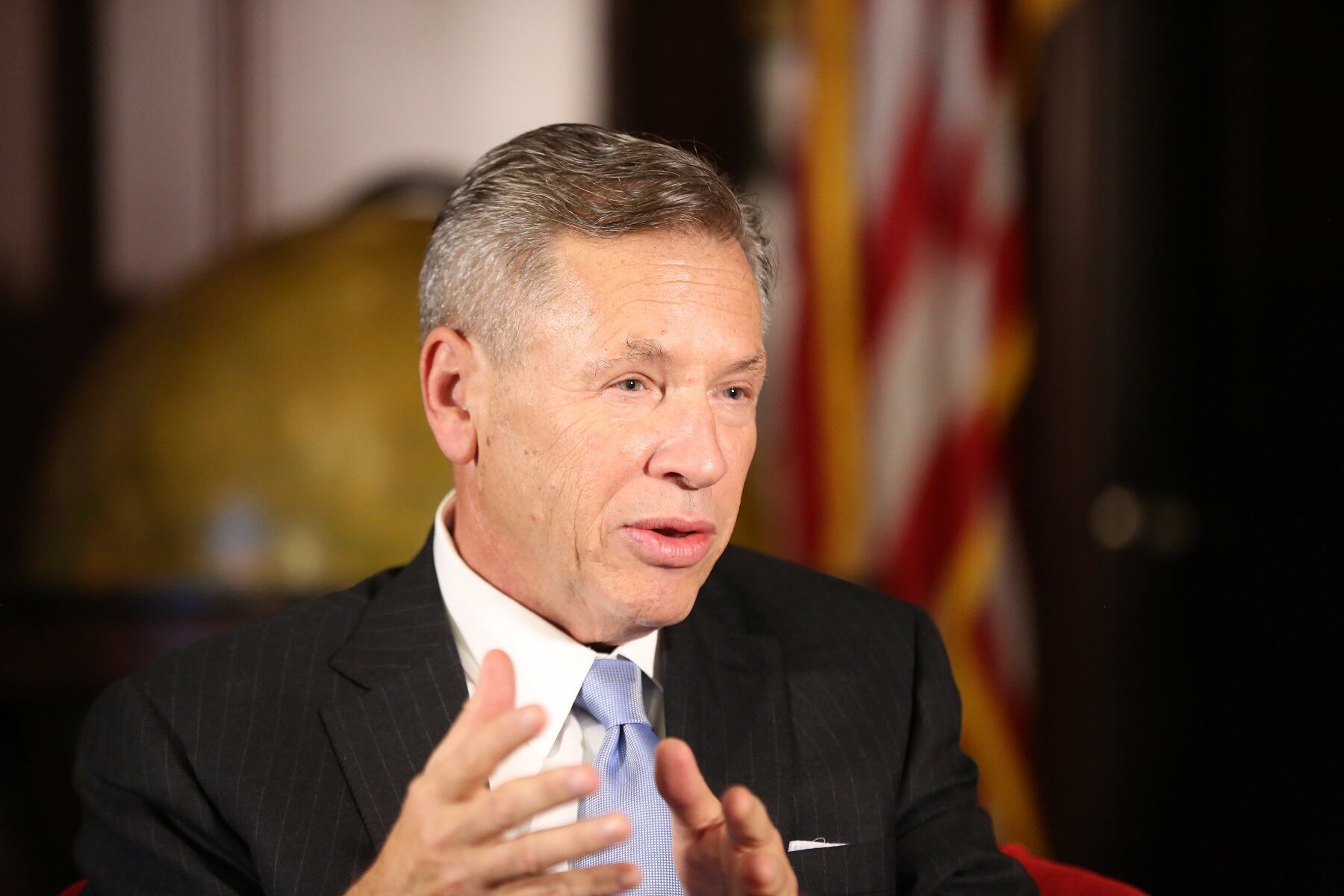Serving U.S. Department of Defense customers is an honor and a privilege. It is made more meaningful by knowing that our industry’s products and services can directly affect our men and women in uniform and the security of our nation. Our mission requires careful planning and thoughtful execution, both of which are subject to the federal budgeting process. Simply put, the more clarity we have about the budget and the funding that will be allocated, the better the position we are in to deliver on our promises.
Regrettably, the ongoing lack of stability and predictability is degrading our military readiness by introducing national security challenges that need to be addressed without further delay.
Outlook 2018: Perspectives from global thought leaders
To be clear, we are not looking for a handout. We are looking for a steady and predictable budget so that we can run our businesses efficiently and meet the requirements of our Pentagon and Department of Homeland Security customers in a timely and effective manner. This cannot be done under a recurring cycle of continuing resolutions that freeze funding levels and place unreasonable restrictions on contracting and technology investments. CRs severely hamper our ability to help protect our nation, which is fighting a protracted war and confronting escalating and evolving terrorist threats. Specifically, ongoing CRs undercut our effectiveness in three important areas.
First, CRs make it difficult, if not impossible, to anticipate the changing needs of our customers, as well as the resources required to meet those needs. Second, CRs hinder our ability to collaborate and share knowledge and to achieve efficiencies — within our companies and our supply chains, across our industry and in support of our global allies. And third, CRs virtually defy us to innovate, sapping the lifeblood of our industry. Think of innovation as short for “investing in our future.” When we anticipate, collaborate and innovate, we thrive. Our military readiness increases and national security becomes stronger. Absent any one of these, we waste precious time and fall further behind in our ability to preserve and defend our way of life. Unfortunately, our adversaries are well aware of this and are capitalizing on it by narrowing the capabilities gap.
As defense contractors, many of which are public companies, we have dual accountability — to the Pentagon, which is focused on controlling costs and answerable to taxpayers, and to the investment community, which is seeking short-term, higher returns. It has long been accepted that a “boom or bust” funding environment is not productive. Our challenge as an industry is to find the proper balance between these seemingly divergent perspectives while sustaining the military posture that befits the leader of the free world. We have been proactive in communicating our concerns to Congress and have made some progress, but more work is needed. At this critical juncture in the budgeting process, our responsibility is to escalate and redirect the dialogue toward actions that would benefit all parties.
RELATED

Beyond a stable budget environment, there are policies and processes in need of alignment with the increasing speed and globalization of today’s markets. Easing trade restrictions, especially for products that are already available internationally, would facilitate U.S. exports, provide jobs, generate revenue, control pricing and promote collaboration with our allies. Acquisition reform is another area of concern where the removal of counterproductive regulations would save money and help keep our industry vital and aligned with our customers’ priorities. Both Congress and the Pentagon appear receptive, and we are encouraged by their willingness to listen.
Finally, reducing some of the bureaucratic red tape related to sponsorship regulations for research and development would go a long way toward maintaining the high level of innovation that drives our industry. Like the DoD, we want to avoid duplication of effort and potentially wasteful spending. But it is imperative that this incorporates a sensible approach that encourages companies to undertake promising research and development projects that have a good chance of yielding solutions our customers really need.
Our industry stands ready to work with Congress and the Pentagon to reach a positive solution that will move our country forward. We have the ingenuity and the commitment to deliver solutions that will give our men and women in uniform the technical advantage they need to prevail. No job is more important than the one they do. If we all keep that in mind, we will make the tough but necessary decisions together that will enable our industry to anticipate, collaborate and innovate. The time to act is now.
Michael Strianese is the chairman and CEO of L3 Technologies. He has announced that he will retire effective Dec. 31, 2017, after 20 years with the company.






